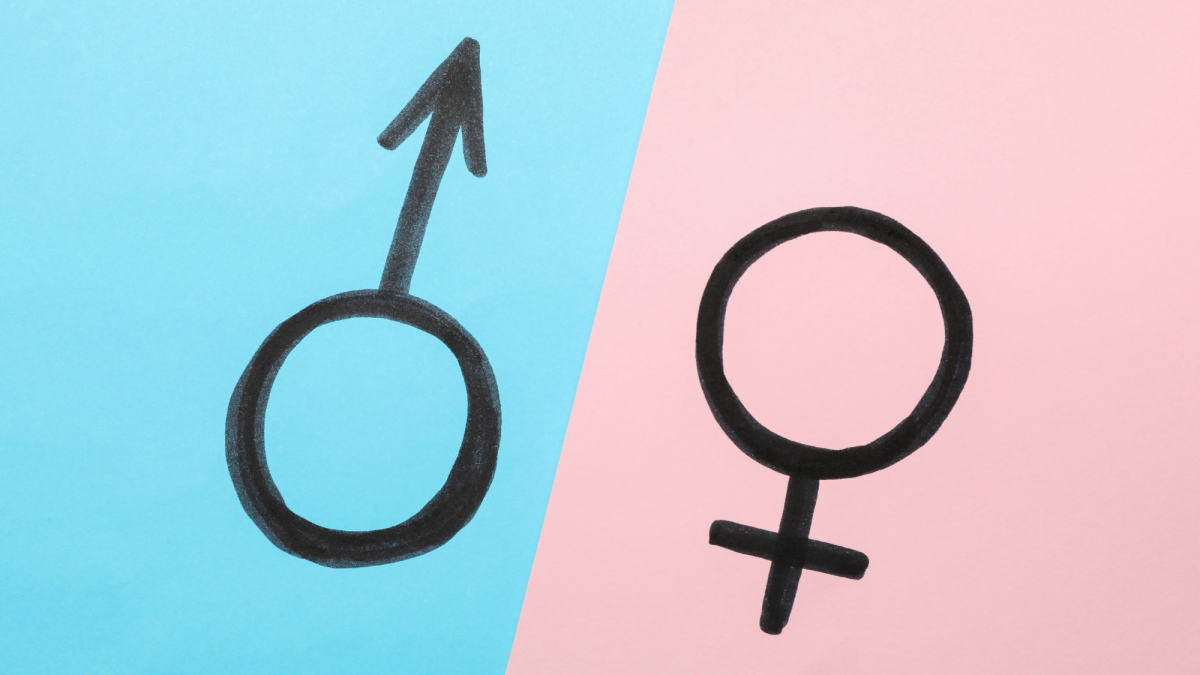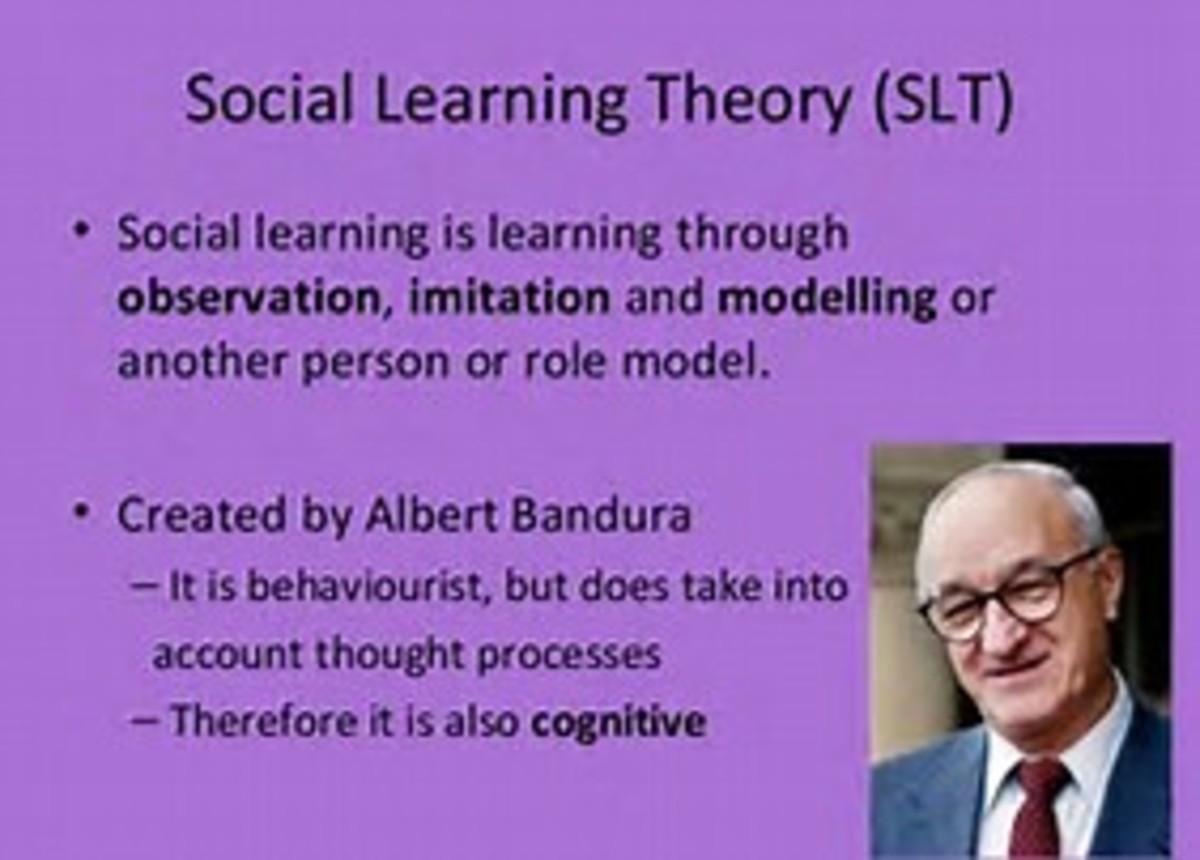Is Gender Determined by Hormones?

Do Hormones Determine all Gender-Typical Behavior?
Abstract
Hormones are given credit for many behaviors and personality traits of individuals. Research for the past several decades has proven some of these beliefs to be well founded. The article “Gender Development and the Human Brain” (Hines, 2011) looks into testosterone, or the absence thereof, and influence on gender-typical behavior. It is believed the absence or inclusion of testosterone changes the behaviors of small mammals and humans. Research on humans is not as prevalent for obvious ethical reasons, but the findings in many other mammalian and simian species provides information that can be translated to behavioral traits of the human species, too. Although there seems to be belief that children’s play can also be attributed to hormones, there are still questions as to whether child’s play is environmental and social, or hormonal. Also, is the potential for homosexual behaviors created in the womb through the absorption or reduction in testosterone during crucial developmental periods?
***
“Gender Development and the Human Brain”(Hines, 2011) addresses research regarding exposure to testosterone during pregnancy and gender-specific behaviors. The exposure to male hormones reportedly helps influence the activity and toy choices of children during play as well as sexual identity and orientation (Hines, 2011). Specific sex-ordered neural networks are influenced by the presence or absence of testosterone in small mammal, both rodent and simian.
As neural influences on gender identity and behaviors are identified, research into hormonal influences look to determine if they work together to create gender-based behaviors from infancy through childhood in addition to a fetus (Hines, 2011). Testosterone is excreted as X-Y chromosomes become a fetus, primarily between weeks 8 and 24 (Hines, 2011). Those with the Y chromosome develop testes which in turn produce testosterone. Females, those with X-X chromosome pairs, will not develop testes therefore will not create testosterone. Although there is little research on testosterone influence on neural pathways in humans, in small mammals it appears that testosterone is instrumental in differentiation of sex in the brains functions and in its structure (Hines, 2011). In research on mammals that are not human, Hines (2011) indicates that the testosterone behavioral influence continues through the life of the subject.
Within this study, it is said that there are two stages in which the neuronal networks react to changes due to exposure to testosterone in the womb. In earlier stages of development, after birth and before puberty, the testosterone guides the sex-related neurons through organizational changes which after puberty become activated and change the behaviors of females of lesser than human species to behave in more masculine ways (Hines, 2011). From the original studies Hines (2011) indicates that researchers agree that neural organizational and activation changes behavior after fetal exposure to testosterone. There has been some advancement however, indicating that more influence and more drastic changes than organization and activation actually occur. Gorski, et al. (1979, 1980) found that the sexually dimorphic nucleus of the preoptic area (SDN-POA) is much larger in male rats than female and can be changed by manipulations of testosterone in early development (Hines, 2011). Even after the birth of a female, introducing testosterone to the developing young will increase the volume of SDN-POA, and conversely, removing testosterone from male developing mammals reduces the volume of SDN-POA (Hines, 2011).
General bodies of research have supported the claims that are reported by Hines. For example, Hausmann, Schoofs, Rosenthal, and Jordan (2009) also address the effects that sexual hormones can activate tasks that are gender-specific or gender-typical. Another study by Kreukels, and Cohen-Ketteris (2012) also supports the earlier findings of hormones influence on sex-related neural pathways. Both these studies agree with the studies Hines researched in that testosterone is the influencer, whether in abundance or absence, and no other gonad hormone changes gender-typical behavior. In this author’s investigation there is a consensus that the findings are accurate.
Implications of Research on Hormone Influence on Gender-Typical Behavior
Species specification. The findings of effects of estrogen and testosterone are determinant on different moments in which the hormone is introduced to the person, the neural structure of the mammal, and even the specific mammal being used in the research. Findings based upon guinea pigs, rhesus monkeys and other small rodents and mammals may not be transferable to humans because of physiological differences between each species (Hines, 2011). This indicates that although the results are interesting they are not definitive for the human species, and should not be used to completely prove the hypothesis.
Hormonal influence. Ethical considerations are at the forefront of any research based upon hormone changes in human being participants. As only individuals with abnormalities at birth are being researched because of their anomalies it is inconclusive to determine that all humans will react to hormonal differences in the same way. Generalizations based upon abnormalities may be inaccurate.
Children’s Play
The article by Hines (2011) indicates that girls are going to play with dolls and boys will play with trucks, and their physicality in play will be different, with boys being more rigorous and girls more gentle. The article indicates that style of play and choice of toys is hormonal, rather than socially dictated. By the time a child is old enough to play with toys their gender identity has been given by the toys they are provided. Girls are more likely than boys to be given a doll and boys will see more trucks pass their view. Hartmann, et al. (2009) take note that some gender-typical behaviors seem to be hormonal but other sexual-cognitive behaviors may be environmental. This author is not confident that hormones are a full and complete indicator of children’s play.
Homosexuality
Another question worthy of asking is whether testosterone levels introduced or reduced during fetal development have any effect on gender identity and sexual orientation. If a female fetus is exposed to male hormones in the womb, either through some unusual influence of fraternal male-female twin testosterone absorption, or through a mother’s exposure to testosterone hormones, will this cause the female to identify as a lesbian, or if a male fetus does not produce testosterone at the appropriate time, will he then identify as a gay male?
References
Hausmann, M., Schoofs, D., Rosenthal, H. E. S., & Jordan, K. (2009). Interactive effects of sex hormones and gender stereotypes on cognitive sex differences—A psychobiosocial approach. Psychoneuroendocrinology, 34(3), 389 – 401, doi:10.1016/j.psyneuen.2008.09.019
Hines, M. (2011). Gender development and the human brain. Annual Review of Neuroscience, 34, 69 – 88, doi: 10.1146/annurev-neuro-061010-113654
Kreukels, B. P., & Cohen‐Kettenis, P. T. (2012). Male gender identity and masculine behavior: The role of sex hormones in brain development. Hormonal Therapy for Male Sexual Dysfunction, 1-10, doi: 10.1002/9781119963820.ch1








